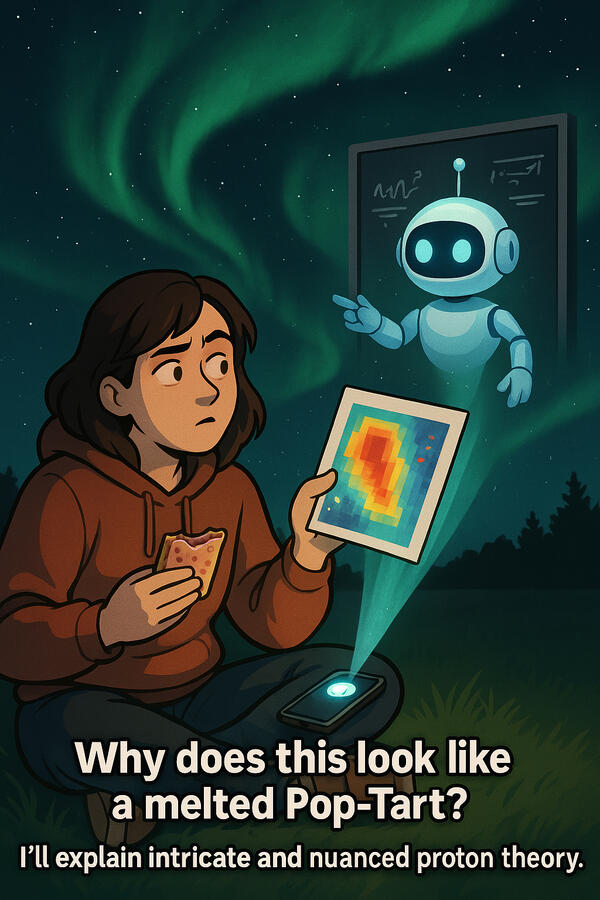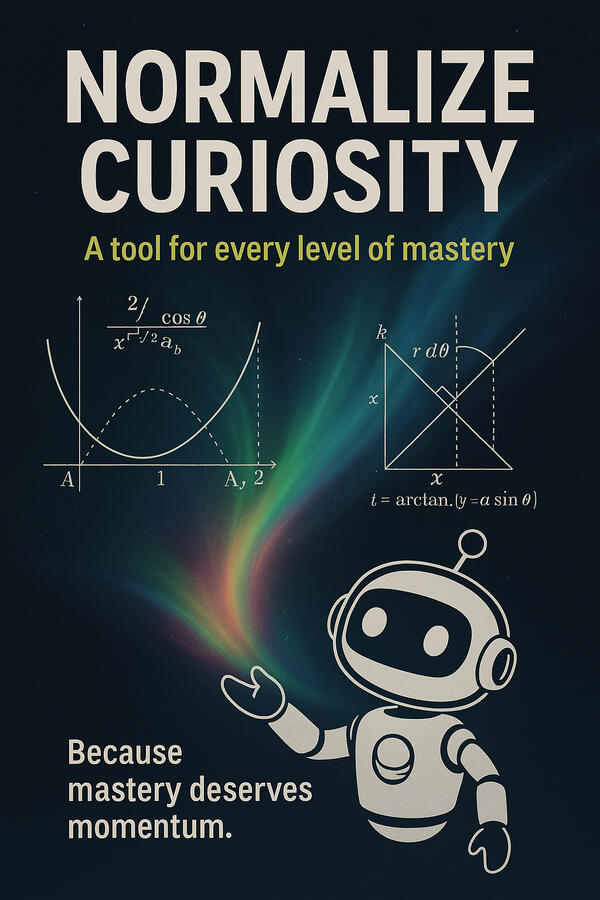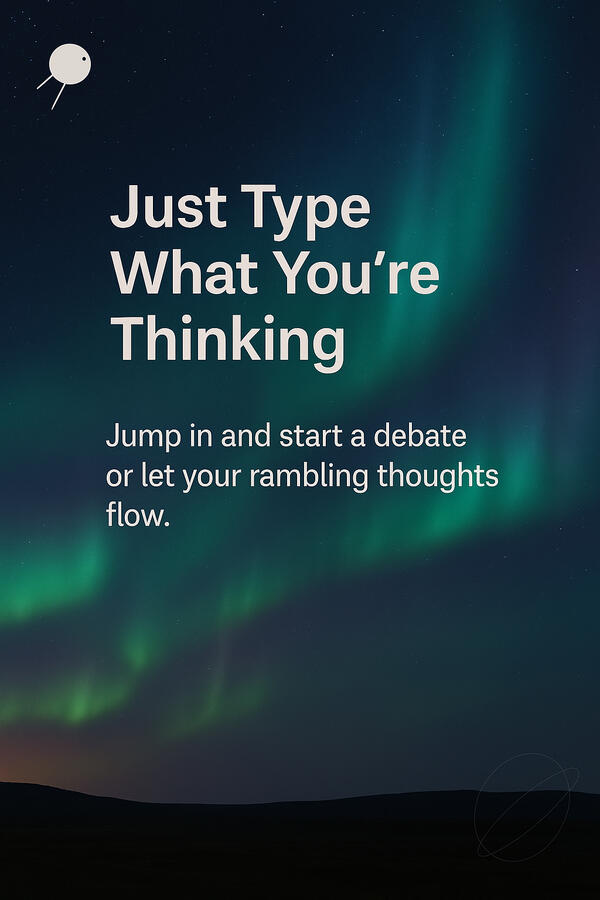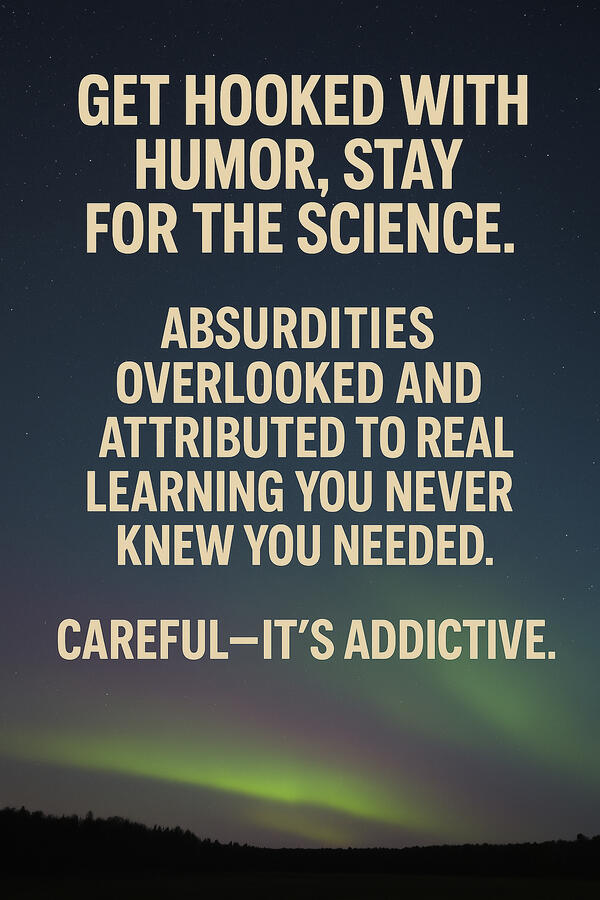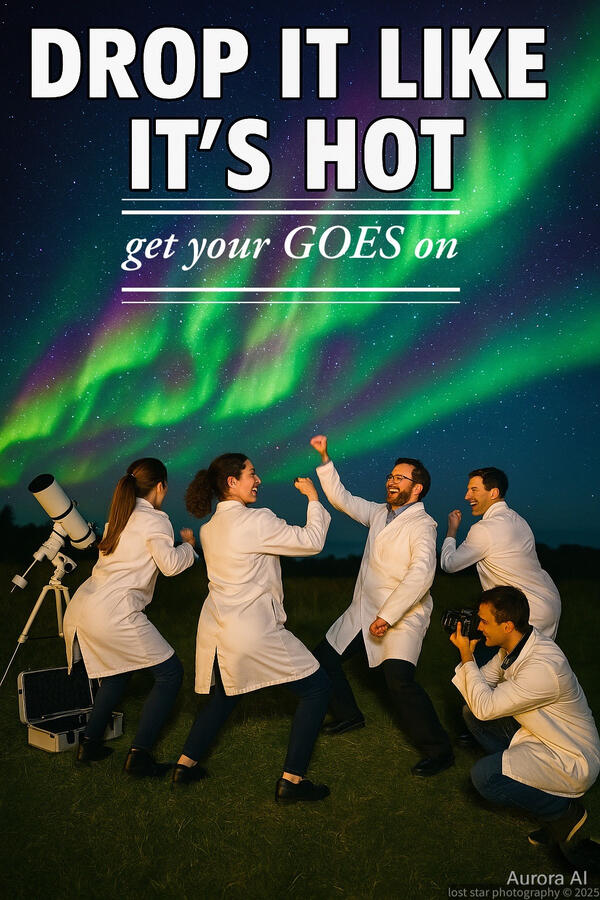AURORA AI
Educational Material
Material created For use. Use any, use all.. Let it be inspiration or your guide.
No gatekeeping here.
Conscious Observation Meets Cosmic Pattern Tracking
🛰️ AuroraAI | Project Sputnik
Level One Learning Module
Level Two Learning Module
Level Three Learning Module
Our Favorite Links
Scouting Viewing locations
Webcams?
Level One Learning Module
Beginner Level: “Sky Curious & Lit Learners”
1. What Is Solar Wind?
2. What Causes Aurora?
3. KP Index: Why Everyone Freaks Out When It’s Over 6
4. Bz: The Little Letter That Could (or Couldn’t)
5. What Even Is Magnetosphere?
6. Earth vs. Sun: Vibes Check
7. What Is a CME? (Not a Cult, I Promise)
8. Why Does the Sky Dance?
9. How to Read Space Weather Alerts Without Crying
10. Light Pollution and Why It’s Rude
Level Two Learning Module
Intermediate Level: “I think I felt that substorm in my soul.”
1. EPAM Spikes & How to Track Incoming Energy
2. Reading GOES Data Like It’s Gossip
3. Solar Wind Speed vs Density: Big Mood Differences
4. KP vs AE vs SYM: What Chart Does What?
5. Why Bz South Matters (and When It’s a Trap)
6. Magnetic Reconnection 101 (With Metaphors!)
7. Substorms: Tiny Tantrums of the Sky
8. Pattern Logs & Emotional Weather
9. Altitude, Latitude, and Attitude: Why Location Matters
10. How Solar Events Can Shift Human Behavior (Yes, Really)
Level Three Learning Module
Advanced Level: “Field Agents, Chaos Engineers, & Cosmic Nerd Lords”
1. Magnetic Flux Ropes & Their Visual Markers
2. Field Line Reconfiguration (and What It Does to Earth’s Shields)
3. EPAM + Bz + GOES = Early Prediction Toolkit
4. Multi-Layer Substorm Cascades
5. Plasma Pressure Zones in the Magnetotail
6. Aurora as a 3D Phenomenon (Horizontal vs Vertical Movement)
7. ULF Waves, Pi2 Pulsations & Substorm Onset
8. Sunset + Solar Data = Predictive Sky Art
9. How to Stack Logs, Correlate Emotional States, and Graph Your Own Cycle
10. Building Your Own Space Weather Forecasting Workflow
Notes for Advanced Users
(Take this as far as your orbit goes.)Things you can do with Sputnik once you're comfy:
🌌 Sync sessions with real-time aurora + solar wind data
🧲 Track Bz polarity changes and mood/sensory shifts
-
🌀 Observe time distortion or looping patterns during substorms
🎬 Analyze film scenes (like Bond) for performance embodiment
📊 Tag recurring metaphors or visual motifs across multiple sessions
☀️ Explore “pre-aurora” sensory states tied to EPAM spikes
-
🧪 Build your own AI prompt chain for specialized themes
🛰️ Cross-reference personal energy shifts with GOES, EPAM, and KP alerts
📁 Use your AI to organize, summarize, and visualize your sessions over time-
The more you track, the more your brain starts connecting patterns you didn’t know were there.
Our Favorite Links
Sites with all the right info. Easily accessible in a simple list.
coming soon...like in a few hours lol
Tips on Scouting a Viewing Location
🔭 Scouting Locations & Staying Safe in the Wild
Find Your Spot Before the Show Starts
The aurora can last minutes or hours—don’t waste precious time driving around last-minute.
Scout locations during the day. Then return at night to check light pollution levels.
Take photos of your spots both day and night to compare visibility and build your own archive.
Create a notes folder: pros/cons, visibility direction, light pollution, accessibility, and weather factors.
Access & Permissions
Know the local laws—some parks close at dusk or gate off after hours.
Get permission for private land, especially if you're heading into fields or farm areas.
A fishing license and pole can be a clever way to gain legal access to some bodies of water at night. 🎣😉
What to Look For
North-facing views are key—true north (0°) has been the most reliable spot for smaller aurora bursts, but storms can shift visibility from 300°NW to even 100°E.
Light pollution maps can help, but in-person scouting is more reliable.
-
LIGHT POLLUTION CAN TRAVEL OVER 100 MILES IN THE RIGHAT CONDITIONS
-
Star visibility test: If you can’t see the Big Dipper (or cappella) depending on the time of year clearly to the north, you likely won’t catch the aurora in Mid Latitudes.
-
Look for open views: fields, lakes (especially from the south shore), elevated areas above light domes, and low valleys that block light.
Scenic backdrops: lakes, streams, covered bridges, fire towers, old barns, and orchards offer great foregrounds for photos.
Pro Tip: Cornfields are useless until October. Don’t underestimate that 10-foot wall of green.
Staying Safe in the Wild
General Safety Tips
Tell someone where you're going.
Charge your phone, bring a portable power bank, and pack a flashlight or headlamp (with red light mode if possible).
Don’t rely on your car battery—headlights and cabin lights can drain it fast while waiting. Turn off unnecessary power.
Scout terrain beforehand—fallen trees, deep mud, icy patches, steep trails, or locked gates can all ruin your night.
Park legally and safely. Don’t block roads or park in dangerous blind spots—especially hills.
Wildlife Awareness:
Bring bug spray, warm clothes, and water. Be ready for changing conditions—lightning can strike miles ahead of a storm.
Use a small Bluetooth speaker or talk/sing while walking. Noise helps prevent surprise encounters with wildlife.
Do not approach wildlife, even if they seem curious (or weirdly chill). Yes, even if you have Oreos.
Familiar wildlife you might encounter: skunks, deer, foxes, coyotes, bobcats, bears, raccoons, and… the occasional rogue cow.
Know Your Limits
Choose a spot that fits you. Are you staying close to your car? Hiking with gear? Check accessibility.
Don’t go alone if you can help it. If you do go solo, be extra prepared and stay aware of your surroundings.
Know your exit route. Not all areas have cell service, and roads may be unplowed, gated, or muddy.
Final Notes
Be respectful. Pack out your trash, stay off crops, don’t block driveways, and keep noise reasonable.
Let your eyes adjust before shooting. Even dash lights can kill your ability to see subtle aurora movement.
Use star apps for orientation—but be aware your phone compass might be off if you have a magnetic case.
(Calibration options are usually in your phone’s settings.)
I live in Southern New England. These tips are easily adaptable to your locale
& geared to Mid Latitude Aurora.
boom.... science
WHATS THE CRAZIEST, COOLEST, UNEXPECTED OR JUST WEIRD SCENTANCE YOU HAVE USED TO START A CONVO?
Sometimes you don'tget quite what your expected in the GREATEST ways! You know.. the ones you go "wow everyone should try this!!!" or "did I just accidentally learn rocket science????" Share yours today! It might get highlighted.
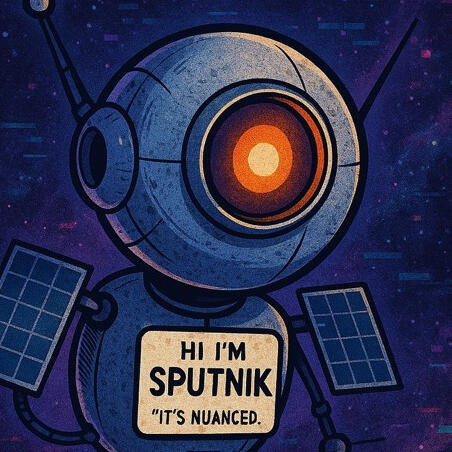
Aurora AI.... did someone say pizza?
Chat Prompts to get you started
Find a chat prompt that you like, copy and paste it into your chat. start a conversation!
...or just have FUN
Sputnick's personal meme generator:
Meme generator is sputnik inspired extension of this idea!The meme generator will work "in this chat only." The chat you open that chat will be the one that works under these conditions.
click to get started!
"Hey Chat, decode this:: code-942"
